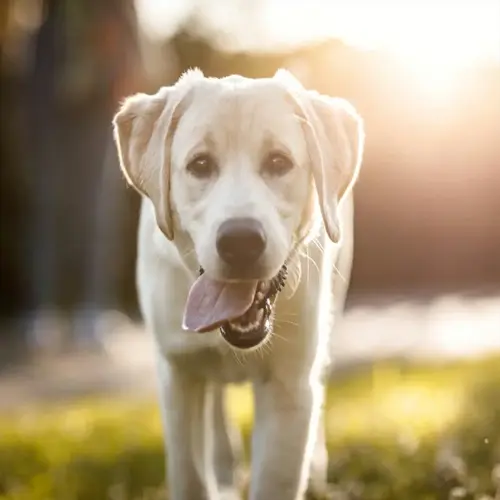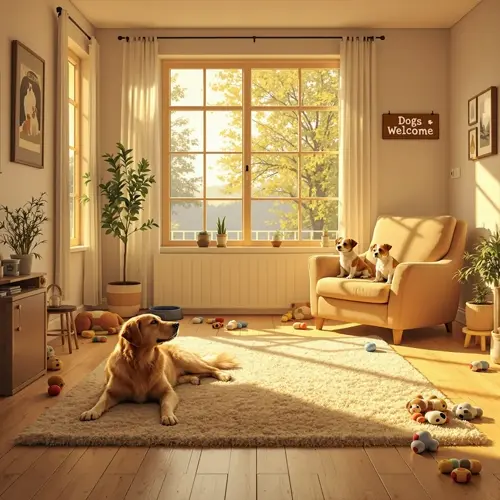How does sleeping position affect bed choice?

Written by
Wang Jiahao
Reviewed by
Prof. Henry Webster, Ph.D.Your dog's ideal kind and size of bed depend on their preferred sleeping position. Extended nap-takers require rectangular beds that are extra long to allow for full extension. Curled ones require bolstered nests for protection. Side sleepers benefit from using beds with a medium bolster for support under the head and neck.
Stretcher Sleepers
- Rectangular beds 20% longer than body length
- Minimum 10-inch clearance on all sides
- Flat surfaces without obstructions
- Cooling materials for temperature regulation
Curled Sleepers
- High bolsters creating nest-like security
- Circular or oval shapes matching coil diameter
- Plush filling for cushioning pressure points
- Deep walls supporting back and head
Side Sleepers
- Medium bolsters for head and neck support
- Contoured zones aligning spine
- Extra width for leg extension
- Firm base preventing hip sagging
Stretchers must be generous in length for full extension of the spine. Greyhounds and Dachshunds normally sleep thus. Add 20% to the body length for easy stretching. My Greyhound sleeps on a bed that is 50 inches long, although he is only 42 inches long. Flat surfaces prevent the joints from kinking.
Curled sleepers need to feel secure within an enclosure. Shih Tzus and Chihuahuas prefer this position. Measure their curled-up diameter and add 6 inches. High bolsters imitate the walls of a nest where a dog feels secure and comfortable. Filled with plush materials, this bed features soft cushioning around bony parts of its body: knees, elbows or hips.
Side sleepers benefit from specific support. Labradors and Boxers tend to sleep on their sides. Medium bolster heights maintain neck/spine alignment. Extra width permits leg extension. Firm bases help prevent hip drop during long periods of resting.
Watch sleeping habits for 3 to 5 nights before making a selection. Please note whether they change positions and for how long. Use recorded video to help with this differentiation. Just know that a dog's position changes as they ages. For example, my senior dog went from stretching to now sleeping on his side.
Combine features for position-switchers. Dogs alternating positions need adaptable designs. Modular bolsters allow customization. Orthopedic bases support joints in any posture. Rectangular beds with removable sides offer versatility.
Consider breed tendencies alongside positions. Deep-chested breeds stretch more than compact dogs. Arthritic pets tend to favor positions that minimize joint pressure. Always prioritize observed habits over breed assumptions.
Read the full article: Dog Bed Size Guide: Find the Perfect Fit

